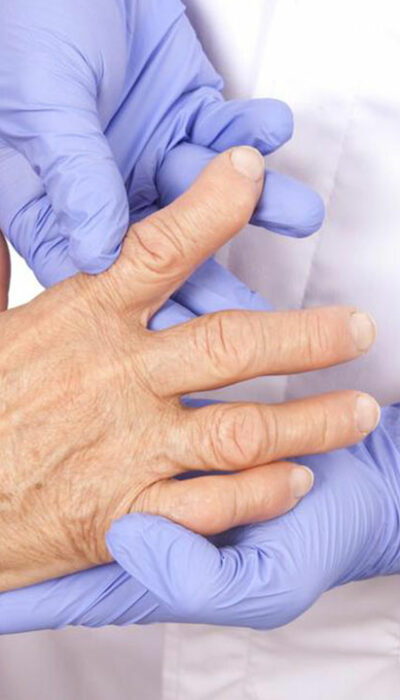
Causes and Treatments for Nerve Pain from Shingles
Shingle is a viral infection that affects the nerve roots of at least 1 million people each year in the USA. Though most of them recover from the attack, the pain remains for at least 50% people over the age of 60 years who have not got the treatment. The pain can last for weeks, months, years and even a lifetime. This symptom is known as PHN or postherpetic neuralgia. Here the nerves of the skin have been damaged by the virus that caused shingles in the first place. While for some, the pain remains mild, but for other people, even the slightest breeze or touch from clothing can cause excruciating pain. PHN brings with it a great deal of agony and that too at high social costs. The condition can severely disturb people’s life. However, this condition can be prevented and treated too. Doctors are also making case studies about those who are more prone to developing this unbearable condition. Information about Shingles and Postherpetic Neuralgia Varicella-zoster virus is the reason behind shingles. The same virus is responsible for causing chicken pox. People who had suffered from chickenpox or had its vaccine are not free from the virus as it never goes away. It lies latent in the nerves of the body. Though in most cases, it remains that way but in some people, especially those with weakened immune system due to some disease or treatment, the virus can come back. This is most likely to occur years and even decades after the person suffered from chickenpox. When the virus comes back, it causes shingles, which is a kind of rash that looks like a band appearing on one side of the body. Early symptoms of shingles include: Light sensitivity Headache Flu-like symptoms The next symptoms include tingling, itching, and extreme pain within the developing area of the shingles.










